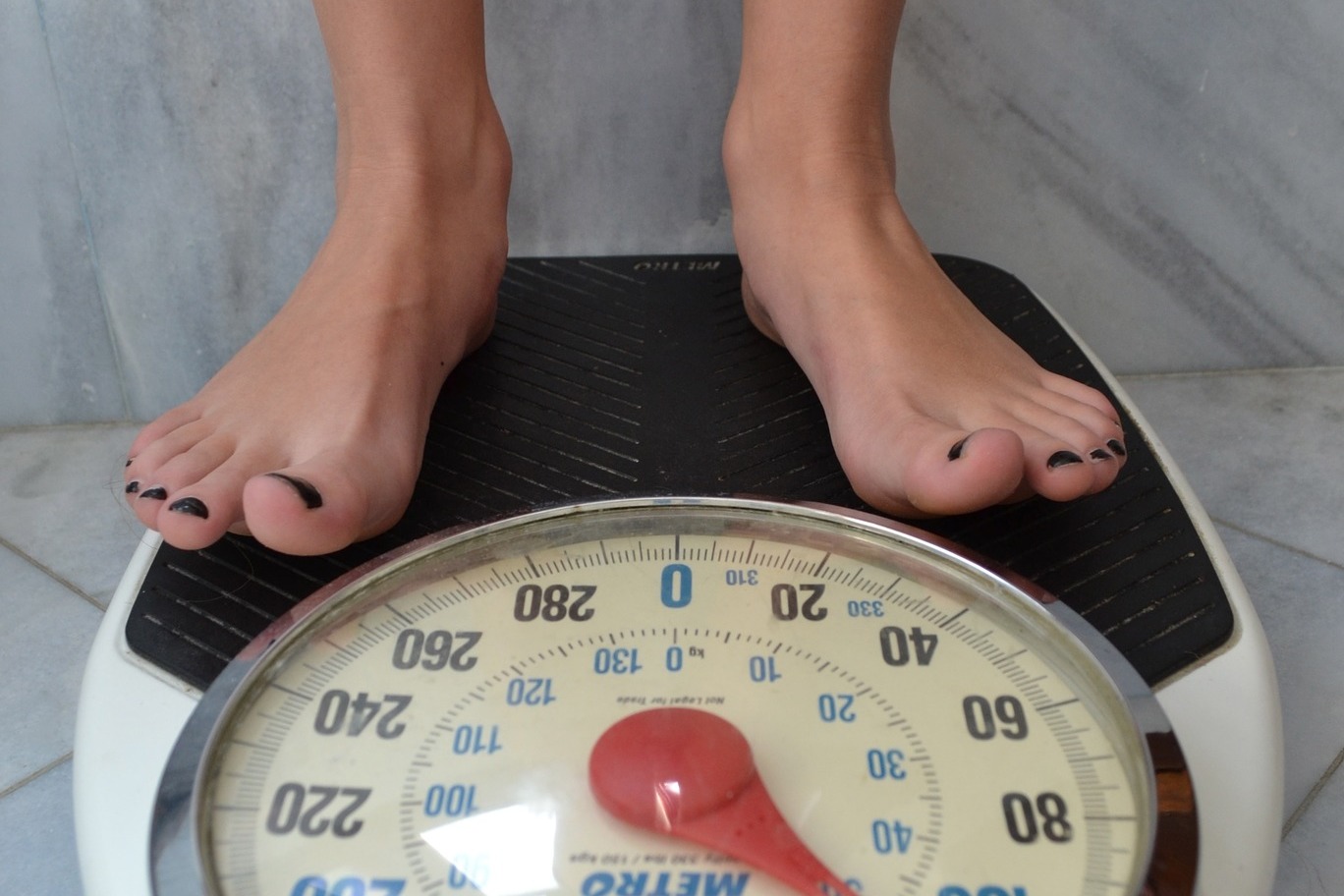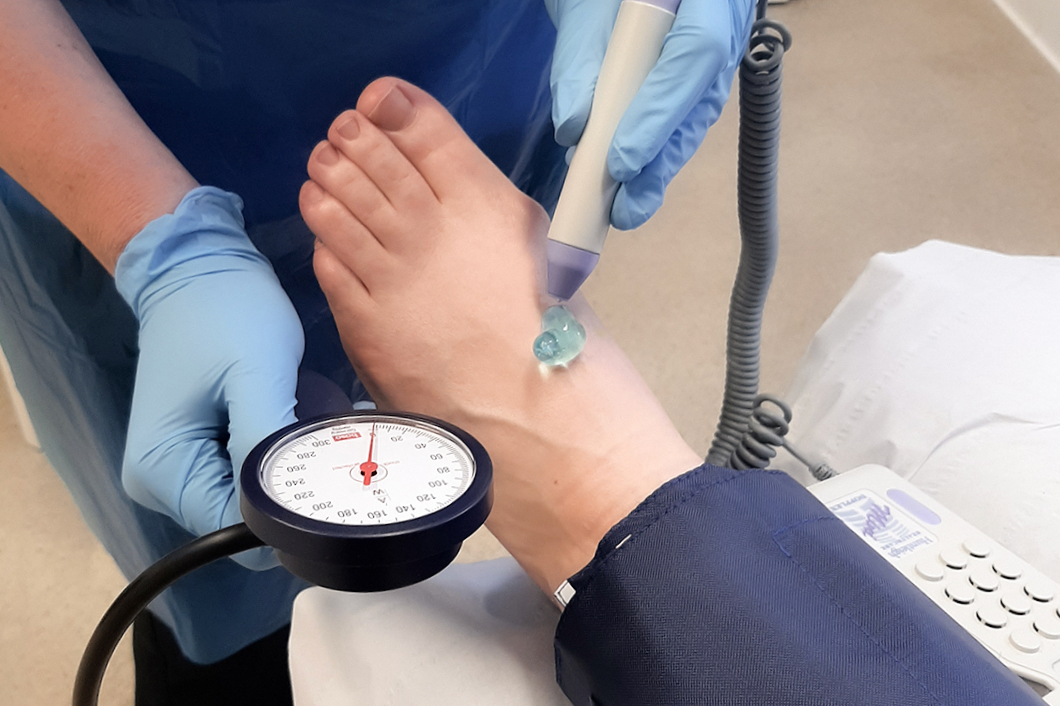DIABETIC CARE
Diabetes
Diabetes is a disease that develops from high blood glucose levels. Increased blood glucose levels can cause damage to the long nerves that reach your feet. This can mean a loss of sensation (peripheral neuropathy) or heightened sensation (painful neuropathy). The longer you are Diabetic the more chance you have of developing neuropathy. Complications that can arise from loss of sensation in the leg and foot can include proprioception problems (this refers to the messages passed from the foot to the brain and back again), pain, restless legs and ulceration due to wounds going unnoticed.
High blood glucose levels can damage your blood vessels cause poor healing and increase your chances of bacterial infections. In combination with loss of sensation this means that a minor cut can become infected very quickly. It is important that your vascular status is monitored so problems can be treated quickly.
Ideally people living with Diabetes will attend a podiatrist regularly (every 6-8 weeks) for foot and nail care and at these appointments we will carry out a visual check of the colour, temperature and hair growth on the feet and lower leg and note any swelling. We will check for any cuts or signs of bacterial or fungal infections as diabetic feet are prone to fungal skin and nail infections and catching such problems early is key to treating them successfully. At these appointments we will advise on hosiery and footwear, trim the nails and remove callus or corns which may cause pressure points or ulcerations. In addition to this we will observe any structural changes within the foot, for example nerve damage can cause the toes to claw and this in turn can cause pressure points. Prescribed insoles can help prevent deterioration in the foot structure and offload pressure points.
Annual assessments of the lower limb are a regular part of your podiatric diabetic care and at these include a vascular and neurological assessment.
The vascular assessment is called an ABPI (Ankle Brachial pressure Index). An ankle brachial pressure index is a test which measures the arterial circulation (blood vessels that carry blood away from your heart) in your legs. It will provide your doctor with information about how your leg arteries are functioning when you are at rest. During the assessment you will be asked to remove your shoes and socks and lie flat on the plinth. After 10 minutes we will measure the blood pressure in both your feet and arms using a blood pressure cuff and small machine called a Doppler. The test will take approximately 10 – 15 minutes. During your neurological assessment a series of tests to challenge the different types of nerve endings in the foot will be carried out.
Following your assessment a report will be written up, a copy of which will be sent to your GP to assist in your treatment. This information will be kept on file to monitor your progress. We have two types of appointment one for New Patients and once for Existing Patients. [click here to book].








